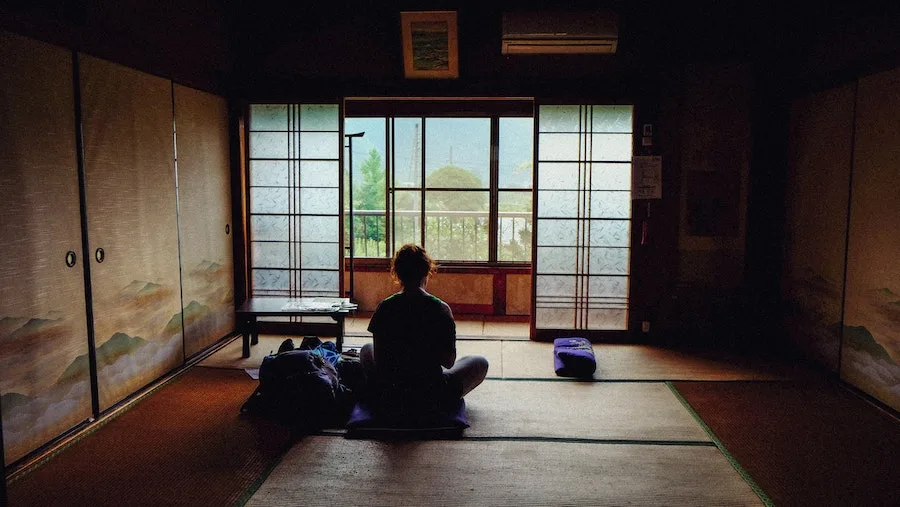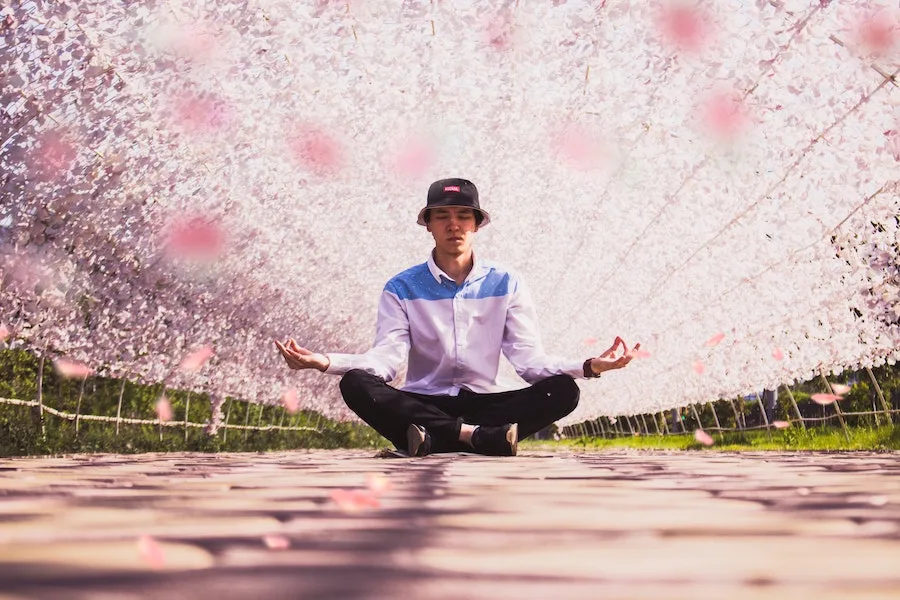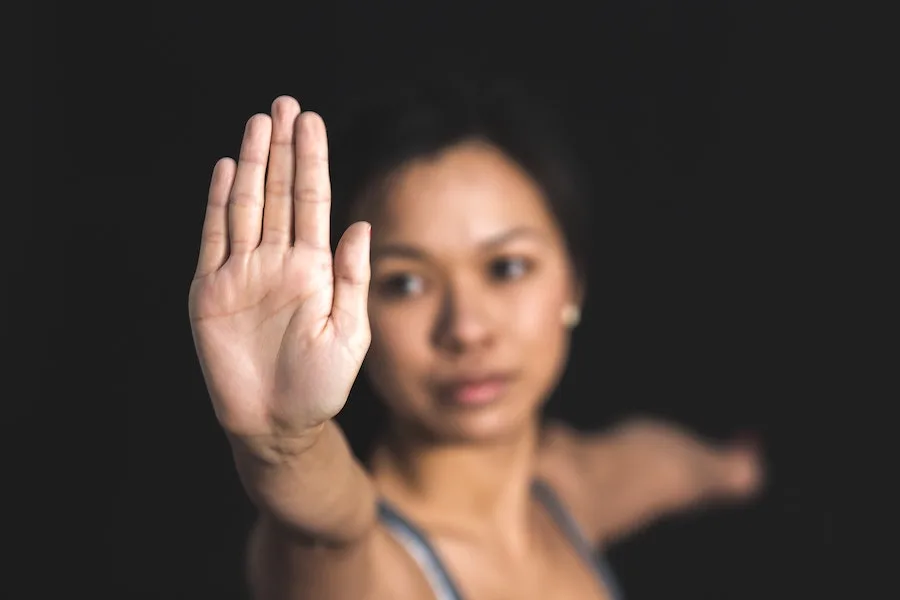As addiction recovery philosophies continue to evolve, more programs are assimilating holistic methods into their mix of treatment elements. Increasingly, activities such as yoga are seen as protective to recovery due to their stress-reducing properties. Increasing awareness on the importance of treating all facets of the human person – mind, body, and spirit – has paved the way for a more integrative approach to recovery.
Yoga has been shown to have abundant benefits for individuals in addiction recovery. The ancient Eastern practice can improve mood, muscle tone and flexibility, reduce stress, and help center the mind. Yoga can be learned and eventually mastered by anyone and is accessible in a variety of formats, the spectrum of options ranging from posh yoga studios to free YouTube videos.
Related: What are the Different Styles of Yoga?
Sustaining sobriety involves many different strategies, but one of the most important is having a handy arsenal of effective coping skills at hand. Recognizing threats to sobriety and taking proactive steps to thwart a relapse using the skills taught in treatment can make all the difference in recovery success. Those skills should also now include stress-reduction techniques such as yoga.
How Does Yoga Benefit Addiction Recovery?
The mind can be enemy-number-one in recovery. Most people in addiction recovery will readily acknowledge the constant battle that goes on between the ears each and every day. Taming that voice in the head, with it’s dangerous messaging, is as critical as it is challenging—especially in early recovery. One way to accomplish this feat is through the use of yoga.
Practicing yoga involves transitioning between purposeful poses while focusing on breathing, resulting in a calm, peaceful state of mind. In active addiction, this connection between mind and body is simply nonexistent. Instead, an addict’s desire to escape from thoughts and feelings, or to simply reach an altered psychological state, helped drive the substance abuse. Yoga can bring that person back in touch with their true essence, which in turn will have restorati ve effects.
ve effects.
Science has learned that individuals with substance use disorders, anxiety disorder, PTSD, and depressive disorders often have a hormone imbalance, usually involving the stress hormones. Yoga’s physiological effects include the regulation of cortisol and adrenaline, leading to more balanced stress hormones. Additionally, yoga can actually impact brain chemistry by increasing levels of GABA in the brain, reducing the symptoms of depression and anxiety.
What Are the Wellness Benefits of Yoga?
As a recovery tool, yoga offers a range of health benefits that translate to efforts to reinforce recovery. Restored physical and mental wellness is a significant protective factor for avoiding relapse. Some of the primary health benefits of yoga include:
- Circulation improves. The slow stretching and purposeful breathing can lead to improved circulation as more oxygen reaches the brain. This results in reduced blood pressure and risk of heart disease but can help cognitive functioning, allowing the individual in recovery to think clearly.
- Physical health. Yoga improves overall strength and flexibility.
- Psychological benefits. Yoga’s gentle movements and focused breathing calm nerves, putting the individual in a peaceful, focused state of mind. This can result in a reduction in both cravings and emotional distress.
- Promotes self-discipline. Addiction recovery involves saying no to self-destructive habits while resurrecting a more ordered life. Practicing yoga involves a certain amount of self-discipline that can also influence healthy routines in daily life.
Related: How to Prepare for Your First Yoga Class
Best Yoga Poses for Recovery
Individuals in recovery may discover yoga for the first time in their lives. Starting with some simple poses while practicing slow, steady breathing can help ease them into the practice of yoga while helping to reduce stress in early recovery.
These basic poses might include:
- Mountain pose: Each yoga pose should start with the mountain pose. Standing with feet shoulder-width apart, press the palms together in front of the chest. With eyes closed, breathe slowly and rhythmically to calm the mind before moving to the next pose.
- Triangle pose: From a standing position, slowly move the legs apart to a wide stance. Reach the arms outward, parallel to the ground. Then, Turn the head toward the right hand, bend the right leg while twisting the torso, and rest the right hand on the floor next to the foot while extending the left hand above the head, creating a triangle shape with the body. Hold for 30 seconds.
- Legs up the wall pose: Lie down in front of a wall. Place both legs up against the wall and scoot forward until the buttocks touch the wall. Straighten the legs and let them relax there for 30 seconds.
- Spinal twist: Lie on the back with knees pulled to the chest and arms stretched out to the side. Then slowly drop the knees to the right and hold for 5 seconds. Return the knees to the center then drop the knees to the left for 5 seconds.
- Child’s pose: From all fours position, pull the buttocks back all the way while stretching the arms straight out in front. Hold this pose for 30 seconds.

Other Mind-Body Practices to Utilize in Recovery
While yoga can be an essential aspect of training the mind and body to relax, it may not be for everyone. There are several other mind-body relaxation techniques to utilize in recovery that can offer similar benefits. Basically, any coping skill that helps regulate stress will be beneficial to recovery, as stress is a significant trigger for recurrence.
Mindfulness training. Mindfulness involves training the mind to purposefully focus on the present moment and combines focuses breath work as well. By staying focused on the present and acknowledging feelings and sensations at that moment, it helps to avoid ruminating over past events or fearfully anticipating future ones.
Deep-breathing techniques. Learning how to regulate stress through deep-breathing exercises is a technique that can be accessed in any place, any time. One such exercise involves breathing in slowly and deeply to the count of 5, holding the breath for a count of 5, and then exhaling thoroughly to the count of five.
Related: Why Does Meditation Make Us Feel More Relaxed
Yoga, and other mind-body practices that help manage the stress hormones, can be an important complementary therapy during treatment, and a useful recovery tool going forward.
About the Author
John T. Kahal is the founder and CEO of Solutions 4 Recovery an addiction and dual diagnosis treatment program located in South Orange County, California. After his own successful experience with the recovery process and journey, Kahal decided to create a unique program that was individualized for each client’s specific treatment needs. Kahal’s passion to share his own positive experience with others, while being a living example of the freedom found in rehab recovery, is what motivates him to guide clients toward their own stable, long-term recovery.

